Keith Burns is an artist out of the UK that keeps an extremely low profile, at least on the Internet. He’s an artist you should know about that you probably don’t know about. There are not a lot of interviews or pieces on him, which is crazy considering his talent and his pedigree as someone who has worked with some of the best in the business. Its actually pretty amazing that he has managed to keep his remarkable career under wraps.
I first discovered him while reading Duane Swierczynski’s Ex-Con comic. I picked the book up for the storyline, but was really taken in by Burns’ art. I started looking at other works Burns’ had been in and I found out that he worked with Garth Ennis on Castles in the Sky and The Boys, with Michael Uslan on the Shadow/Green Hornet graphic novel, Spy School with Frank Tra, and Quarantined with Michael Moreci. All are generally solid books, but the art in each one is amazing.
Keith has worked with a who’s who of writers for publishers like Dynamite, Avatar, Image, and Arcana, but he almost didn’t make the break into comics. Living in the far reaches of the UK with no Internet access, he almost missed his break and when he did make it to a London comic con, the critics were hard on his work. However, fate intervened and now he is doing his thing on multiple levels.
He’s a recognized aviation artist that is a member of GAVA (Guild of Aviation Artists) the premier society for the promotion of aviator art. Keith’s paintings of World War II era planes regularly appear at their events and at the Flying Legends shows in England. He even did some stop animation shorts for the Imperial War Museum in England. To find out what’s up with this amazing and talented artist, The Beat contacted him him for this interview.
Seth Ferranti: When did you first get into drawing comic books?
Keith Burns: I drew comics in art college, but I wasn’t encouraged to follow this folly, so during University years I dropped out. I drove buses, ten years passed, the Internet happened, and I received an email. This email directed me towards a project run by John McCrea and Hunt Emerson called Strip Search. I hadn’t drawn a comic since college but I submitted four sequential pages of art and was accepted. Up to this point I had had no idea how to get into comics. I was born in Ireland, but my family moved to the Isle of Man at a time when there were no comic shops there and no Internet. The art teachers had no idea [about comics] either. The thought never occurred to me that you could simply write to an editor and send them work. Looking at published work at that time, I knew I wasn’t up to the standard. Strip Search opened my eyes to the whole process.
Ferranti: What were the first projects you worked on or where did you get your breaks?
Burns: Strip Search ended with a trip to a comic con in London where John had lined up some of his professional friends to look at our work. The first pro I met looked at my work and told me to give up— that I would have no chance of breaking in. I was about to go home crying when John said Dave Gibbons was coming to have a look at our work next. I sat down, ready for another hammering, but he was great— said it looked like a comic, pointed out one ‘brave’ panel and encouraged me to keep going. I started attending cons in the UK and showing samples around the small press scene where I worked away for a number of years for free under the old experience and exposure promise.
I hooked up with Andy Winter and worked on a few projects with him around the same time Declan Shalvley was working with him. I also worked on FutureQuake for a few stories and drew Michael Moreci’s first published script, we went onto to work on another couple of short stories together. This was all while I was still working full-time. My now wife and I quit work and travelled for a year in 2006. This lead to my first paid break which involved a bit of friendly nepotism— an old friend worked in Hong Kong and one of her clients asked if they could put a comic together called Devashard— she asked if I was interested.
I moved to Hong Kong for a year where I learnt a great deal about about how much I had to learn. McCrea helped with layouts, which was a godsend. On returning to the UK, John asked if I’d like to work with him and Garth on Herogasm, doing inks and pencil assist (drawing backgrounds and tech stuff). I was a fan of The Boys, so I leaped at the chance. That lead onto fill-in issues on The Boys and the mini-series Highland Laddie. I really enjoyed it, but the problem with working on a book you’re reading is you find out all the spoilers… especially when we drew parts of issue 65.
Around this time I did layouts and tech for John on Captain America: Brothers in Arms for Marvel, but I didn’t get credited… common these days (not John’s fault!). You build working relationships as you go along and end up working with the same people which I love, Michael Moreci and I became friends over our projects and eventually worked on ReincarNate together. We believed in the project, but no one was interested so we funded it through Kickstarter. ReincarNate’s about to be re-published by Heavy Metal with a new series planned for next year. It’s also in the early stages of development for a TV series.
Ferranti: Your work features s lot of airplanes and abdication type work. Where does that come from?
Burns: I love WW2 aviation— have since I was a young chap. I joined the Guild of Aviation Artists in 2011 so I could snuffle around aircraft and improve my painting. Last year I was made an associate member and at this year’s exhibition I won a couple of awards. I’d happily draw WW2 aviation comics non-stop but the market is not big, therefore the pay is not either. I figured I’d stubbornly do it anyway, and I’ve worked on some dream jobs as a result. The big drawback is that the issues take a lot longer due to the time needed to research equipment/aircraft types etc. When I have time, I write and draw my own aviation stories – Erks was published last year through David Lloyd’s brilliant digital Aces Weekly. I aim to learn a new skill on every project, for that one I painted it all in black and white.
Ferranti: What was it like working with Garth Ennis?
Burns: I’ve worked on Garth’s scripts for a few years now with the various The Boys comics, so I am well used to working with them. Castles in the Sky was the first job that allowed me to selfishly indulge and it was a dream. It’s well known what a great writer he is, but from my point of view he’s a great person to work with as well. His scripts are clear and concise. With our shared interest in WW2, I feel he trusts me to get the details right and with his vast knowledge on the subject it’s almost impossible to get away with the smallest historical accuracy. He writes brilliant cinematic air combat scenes with lots of double page spreads, which I love. We are currently working on a new Johnny Red story. Also, I’ve never had to wait on a script.
Ferranti: How did the work on Ex-Con come about?
Burns; I’d finished The Shadow/Green Hornet Dark Knights with Michael Uslan for Dynamite and tried out for Ex-Con. It had a similar feel to ReincarNate, which I think is why it worked out. It was great working with Duane Swierczynski— we both grew up in the eighties and although it was on the other side of the Atlantic, I spent my youth watching 80’s America on TV. Duane recommended some great films to watch for inspiration— some I couldn’t get hold of and some I hadn’t seen before— To Live and Die in LA is a stand out. I can spell his name now too.
Ferranti: Ex-con seems like a departure from your other work. For example, no airplanes!
Burns: I think I managed the odd distant airliner in a couple of panels. I’ve worked a variety of jobs over the years and did a few crime-y stories with Michael, ReincarNate in particular having a similar slant. Crime-y is Duane’s bag. The script is brilliant— funny, twisting and shocking all the way… then it goes really dark and I like that. I felt a lot of self-imposed pressure to do it justice. Cody’s a great character and I had fun drawing two strong female characters. It has plenty of cars too, so my tech-lust was sated.
Growing up, I had a poster of a Lamborghini Countach on my wall and knew every detail of it, so when the script asked for a flashy sports car and the dates matched up I was delighted. I also squeezed in a Charger (Dukes of Hazzard), the A-Team van and the Fall Guy’s truck. I was sorry I didn’t get a chance to get Battlestar Galactica or Airwolf in there, but a Gameboy went in for my brother. I was drawing hamburger phones, payphones and faxes…it’s funny to think that the eighties is ancient to some people now.
Ferranti: Do they have a lot of comic cons in the UK or do you often come across the pond to do shows?
Burns: There are a growing number of comic cons over here, I’ve only started attending them with gusto over the last couple of years. I’d love to go the a US comic con, and it would be great to finally meet some of the writers I’ve worked with over the years.
Ferranti: What comic books did you grow up reading?
Burns: I wasn’t a big reader when I was younger. I was usually busy playing with my brother and sister and drawing. I was aware of comics like Dan Dare, Commando, and Battle through friends and was interested in the art but didn’t start reading comics properly till I was a teenager. Then it was 2000AD, The Megazine, Toxic, Crisis, Commando, and a painted Alien comic that I was obsessed with. Thinking about it, I did have one comic when I was younger called Starcom, based on the toys, but that was because it was 3-D.
Ferranti: What artists influenced your work?
Burns: My favorite artists would be Eduardo Risso for his story-telling (my main pursuit in comics), Cam Kennedy for movement, tech and everything. Pino Dell’Orco and Graham Coton for the most beautiful painted covers. Then there’s aviation artists – Michael Turner, Frank Wooton, Robert Taylor, Mark Postlethwaite and a recent discovery for me— the marine artist Norman Wilkinson. I wouldn’t claim to be anywhere near any of these in class.
Ferranti: What is the comic scene like in the UK?
Burns: I’d say it is healthy and growing, judging by the amount of increasing cons. This year I’ll be at NICE, Thought Bubble, and The Lakes International Comics Arts Festival.
Check out Keith Burns work on Facebook, Twitter, and at his website.


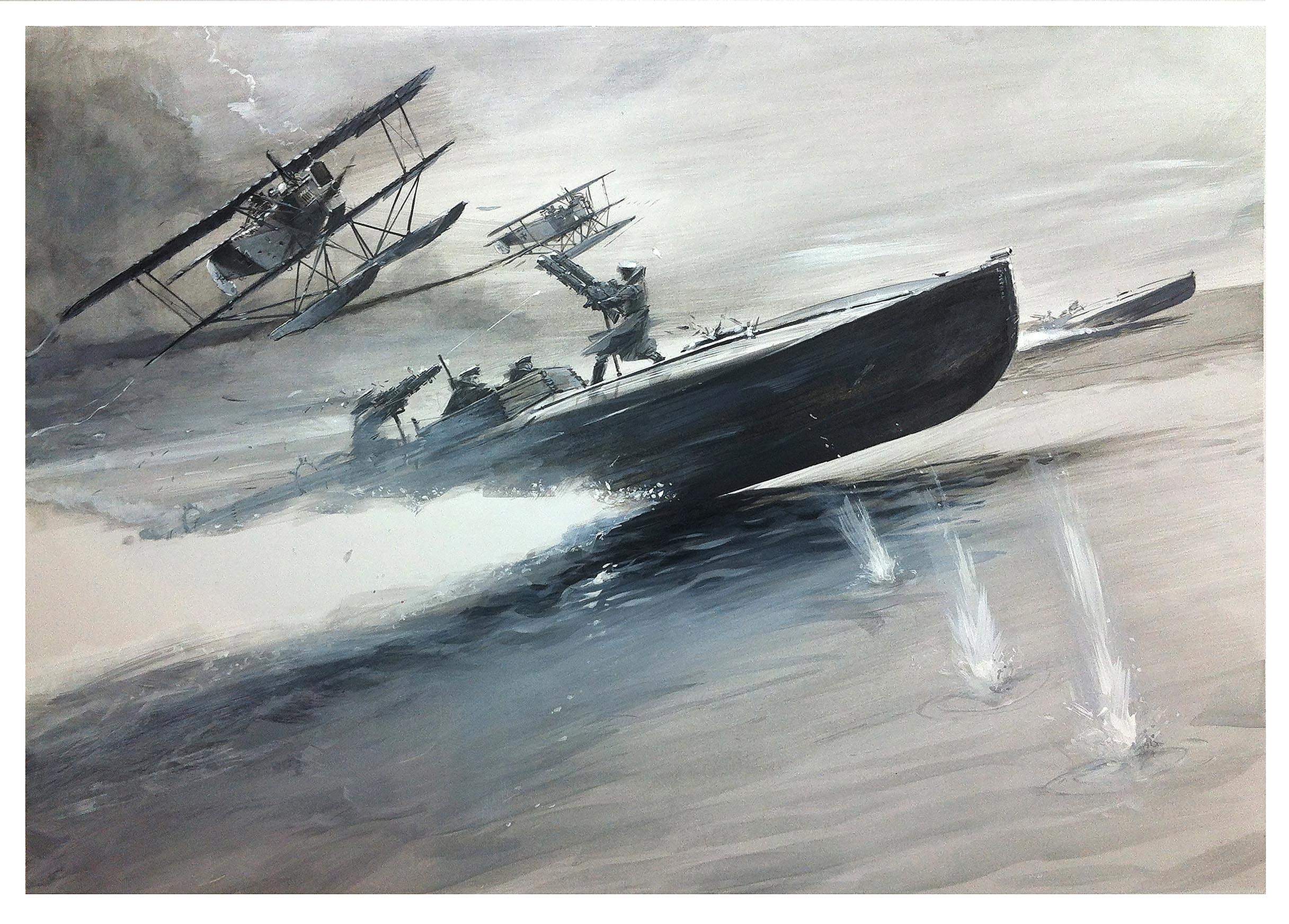
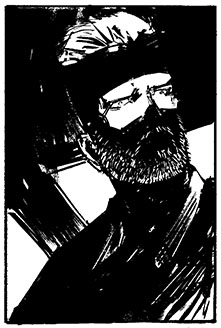
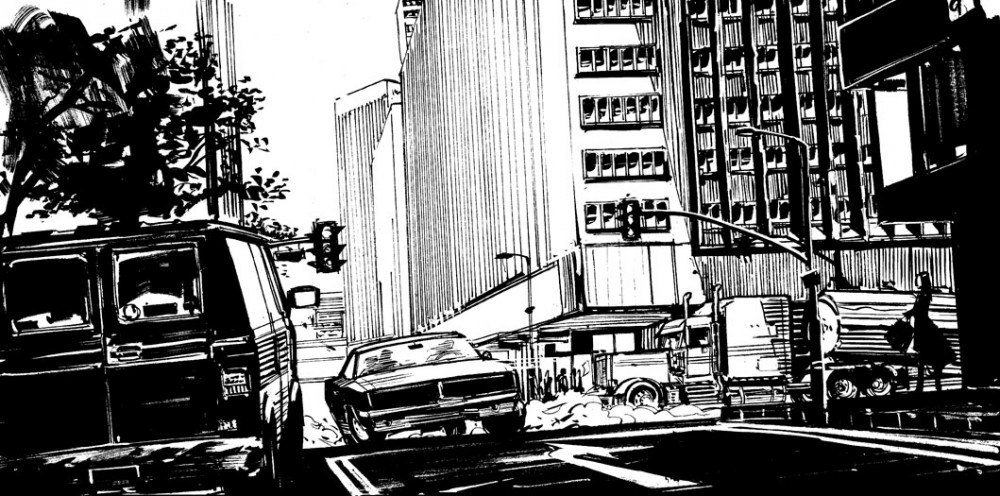
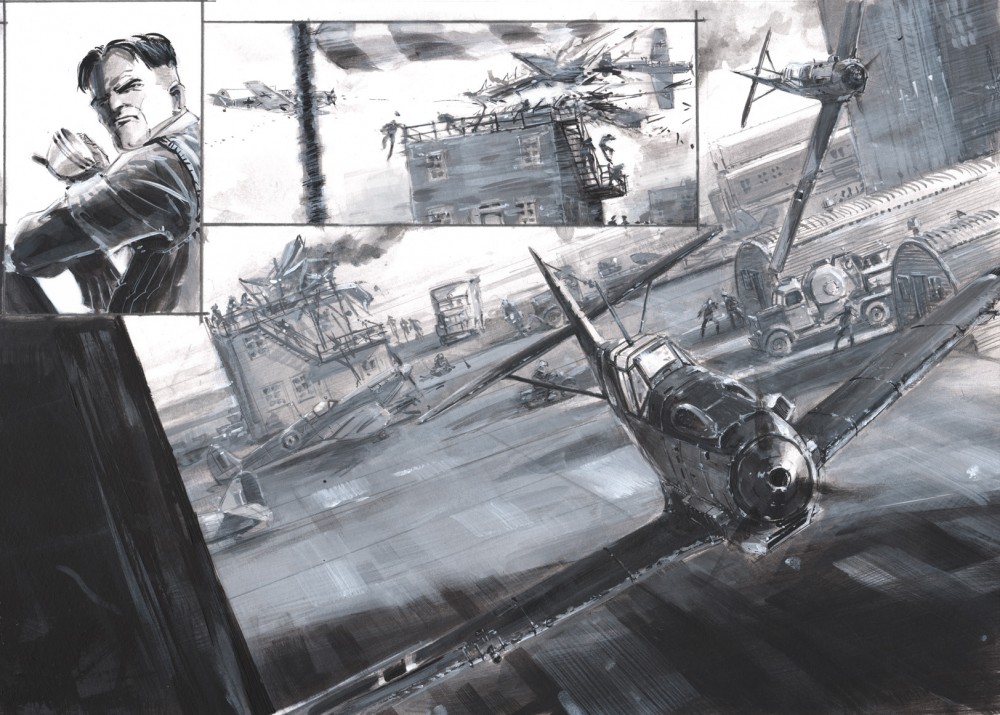
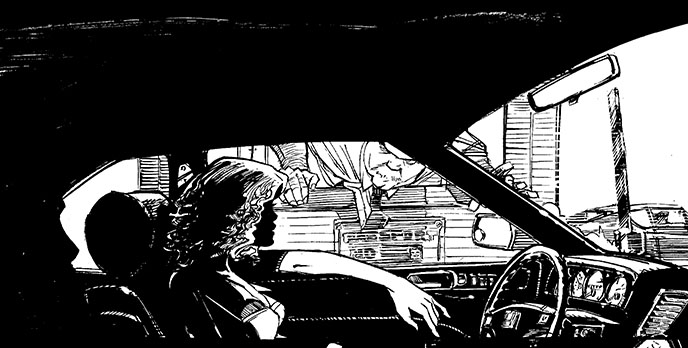
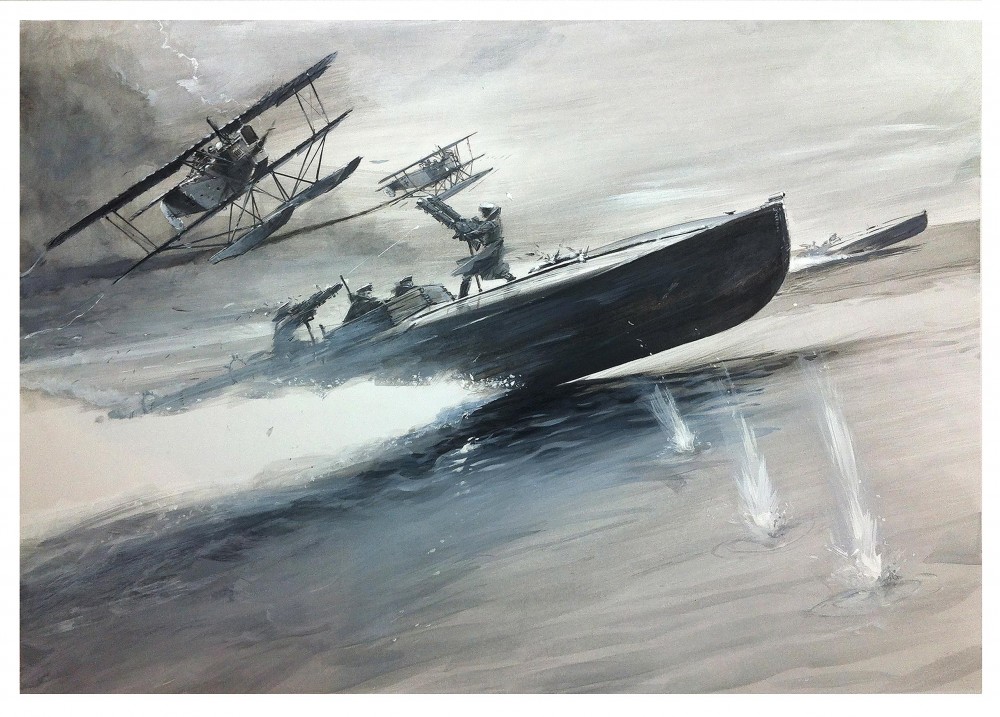
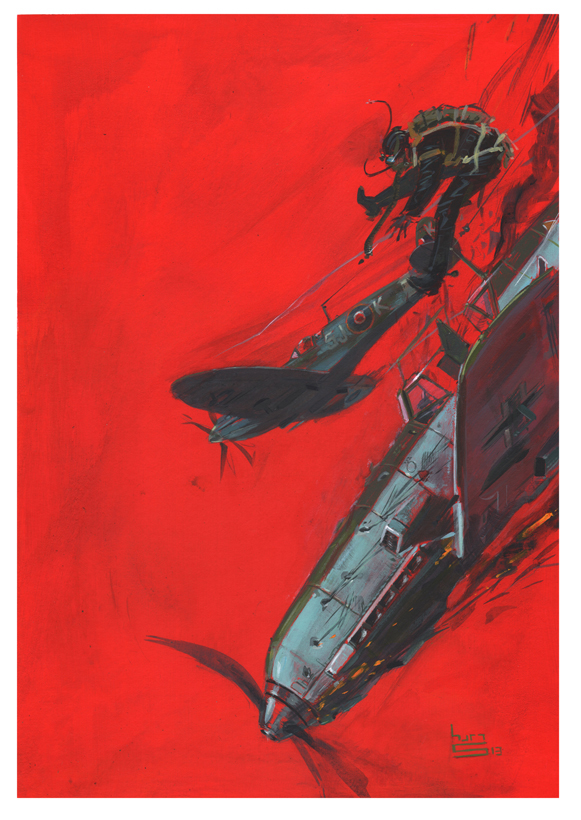
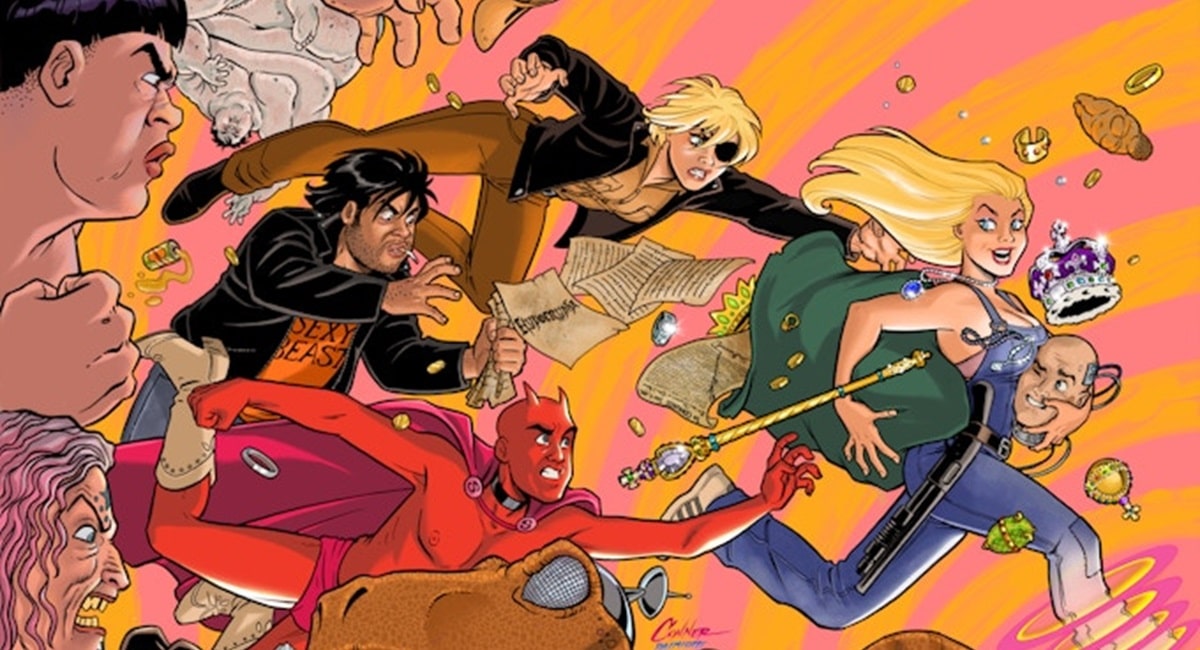
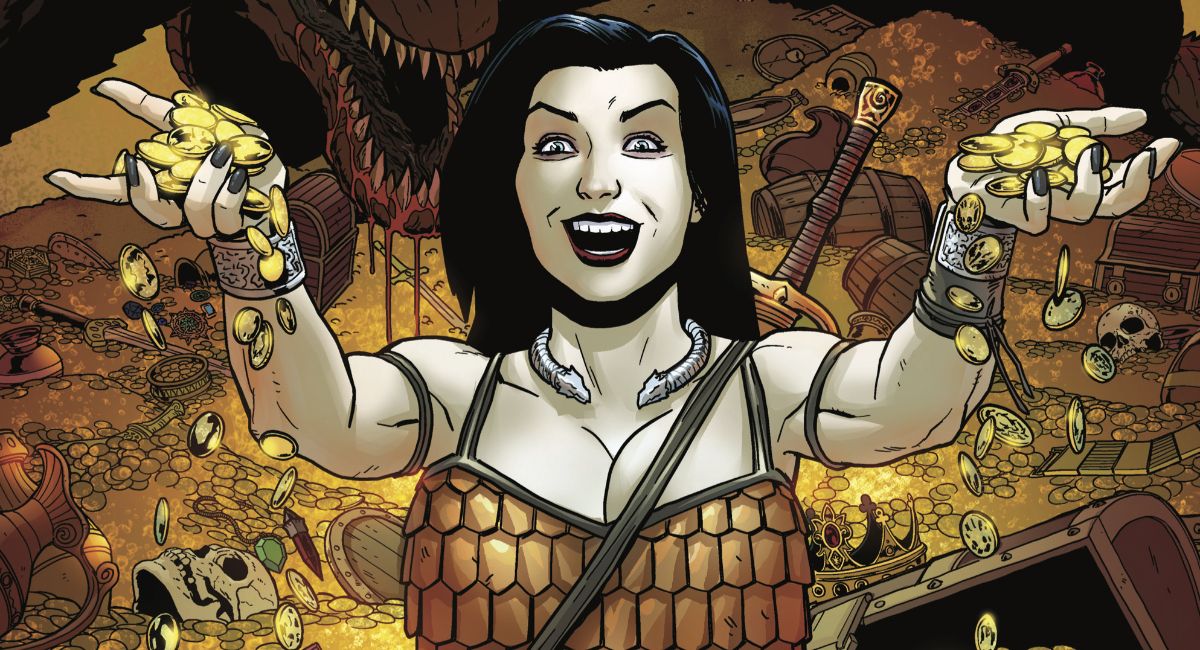
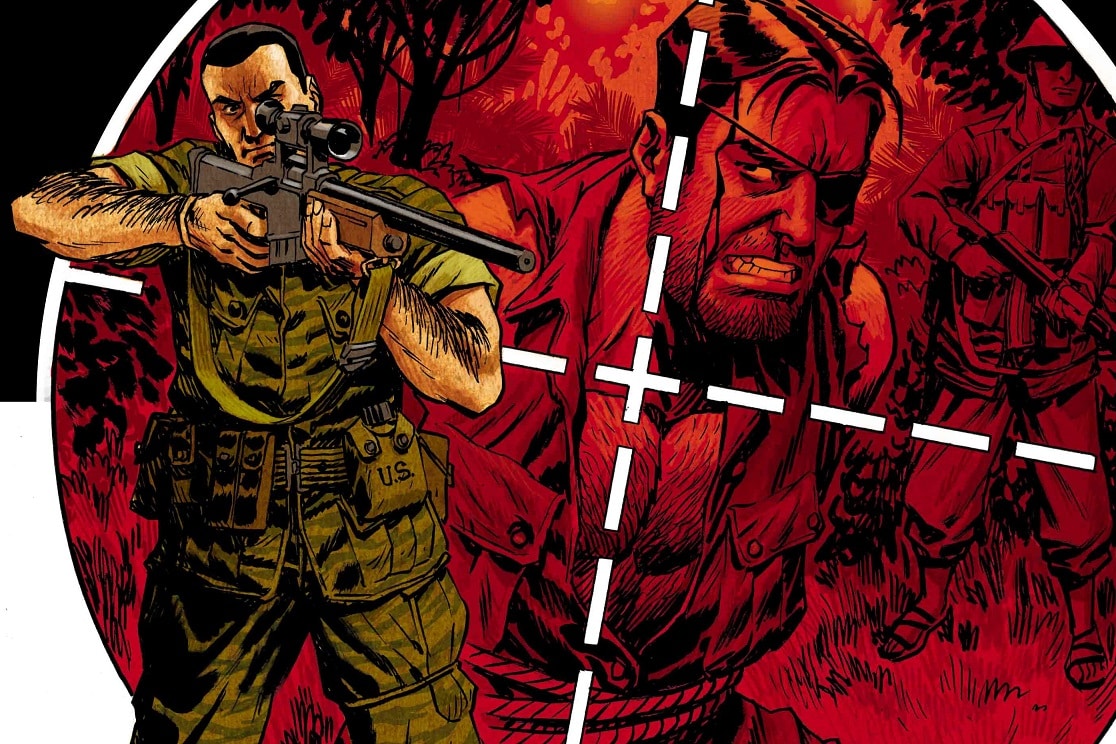
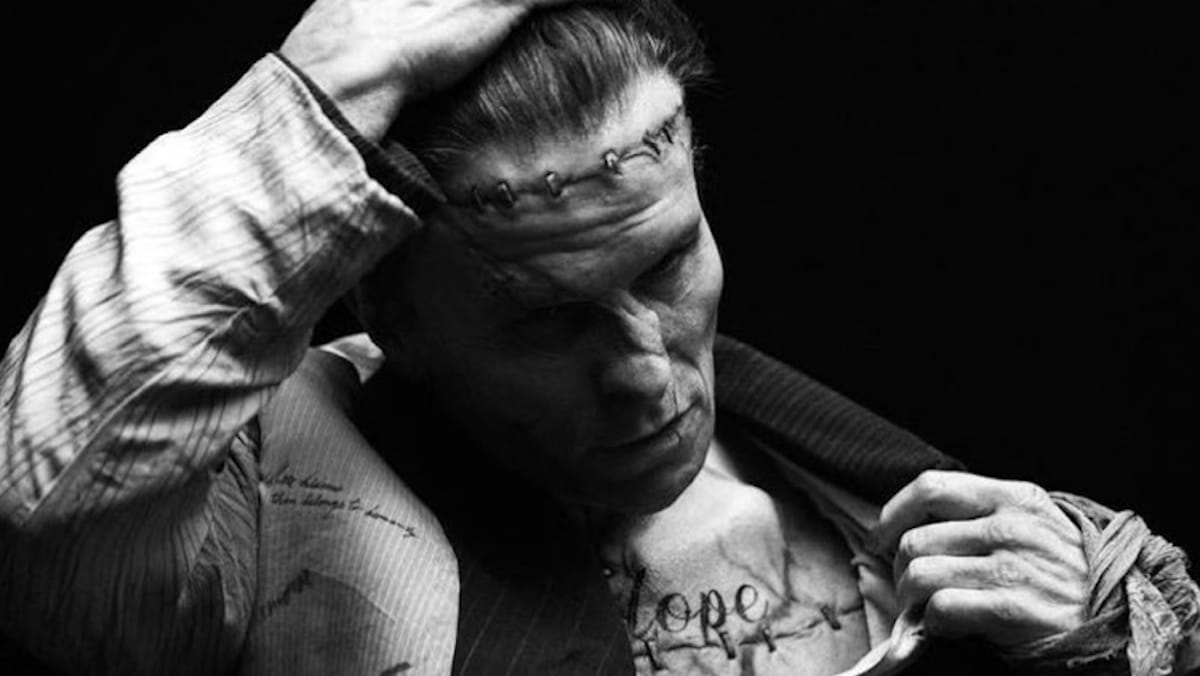


Thank you so much for this Seth. Keith is a rare talent. I’m a bit of an encyclopaedia of comic artists and was unaware of Keith’s work. I look forward to picking up his work…amazing sense of design, composition and strong perspective skills. A wonderful sense of motion to his aviation pieces…I’m not an airplane or war buff, but I would hang any of those arial paintings in my place! He deserves more recognition!!!
Comments are closed.